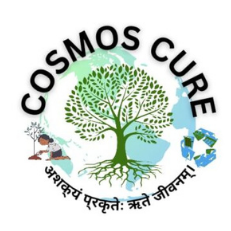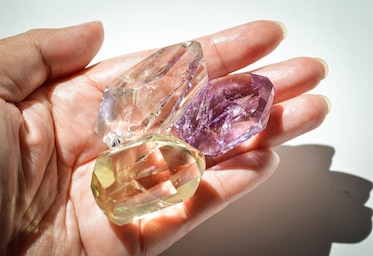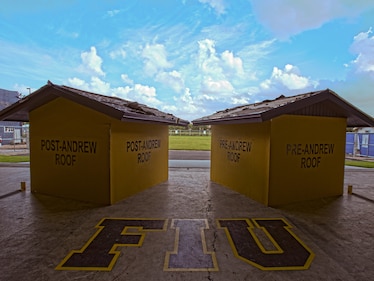(Is there a better way to get rid of old clothes?)While larger companies hope to use fungi to generate wholly new environmentally friendly materials at scale, independent designers are exploring their potential to modify or break down the planet’s extant heaps of discarded fabric. Helena Elston, a New York–based designer, was studying fashion in London a few years ago when she devised an ethical response to the waste in her industry. She finds an old garment or stitches one together with scrap material, sterilizes it, and then adds an appliqué of mycelium.A pathogenic fungus, Ganoderma sessile feeds on the roots of deciduous hardwood trees.Photograph by Phyllis MaOver the ensuing months, she’ll watch as the mycelium wends its way through the material. Sometimes it selectively eats at the natural fibers and ignores the synthetic ones. Sometimes it swirls dye into eddies of startling new color. In past experiments, Elston allowed the mycelium to break down the existing material completely. “It feels like it has this intellectual understanding that we as humans don’t have,” she says. “The most beautiful pieces have come out of me not being in control.”Maggie Paxton, a mycophile in New York who hunts new pigments on her foraging walks, treats silk gowns with mushroom dyes for the American fashion house Coach. Recently, she took earth balls—mushrooms that resemble old golf balls, as if aged to a dull brown—and boiled them in a stockpot. She was startled to discover this dye turned her silk “the prettiest petal pink”—a color that might inspire a future collection.Many designers still seem surprised enough by the behavior of fungi that they talk as if they’re collaborating with a vibrant, alien intelligence. “That’s the whole excitement about the field in general,” Paxton says. “We have no idea what magic is lying there right before us.” The goal is to keep finding out.This story appears in the April 2024 issue of National Geographic magazine.
Mushroom leather? The future of fashion is closer than you think.



